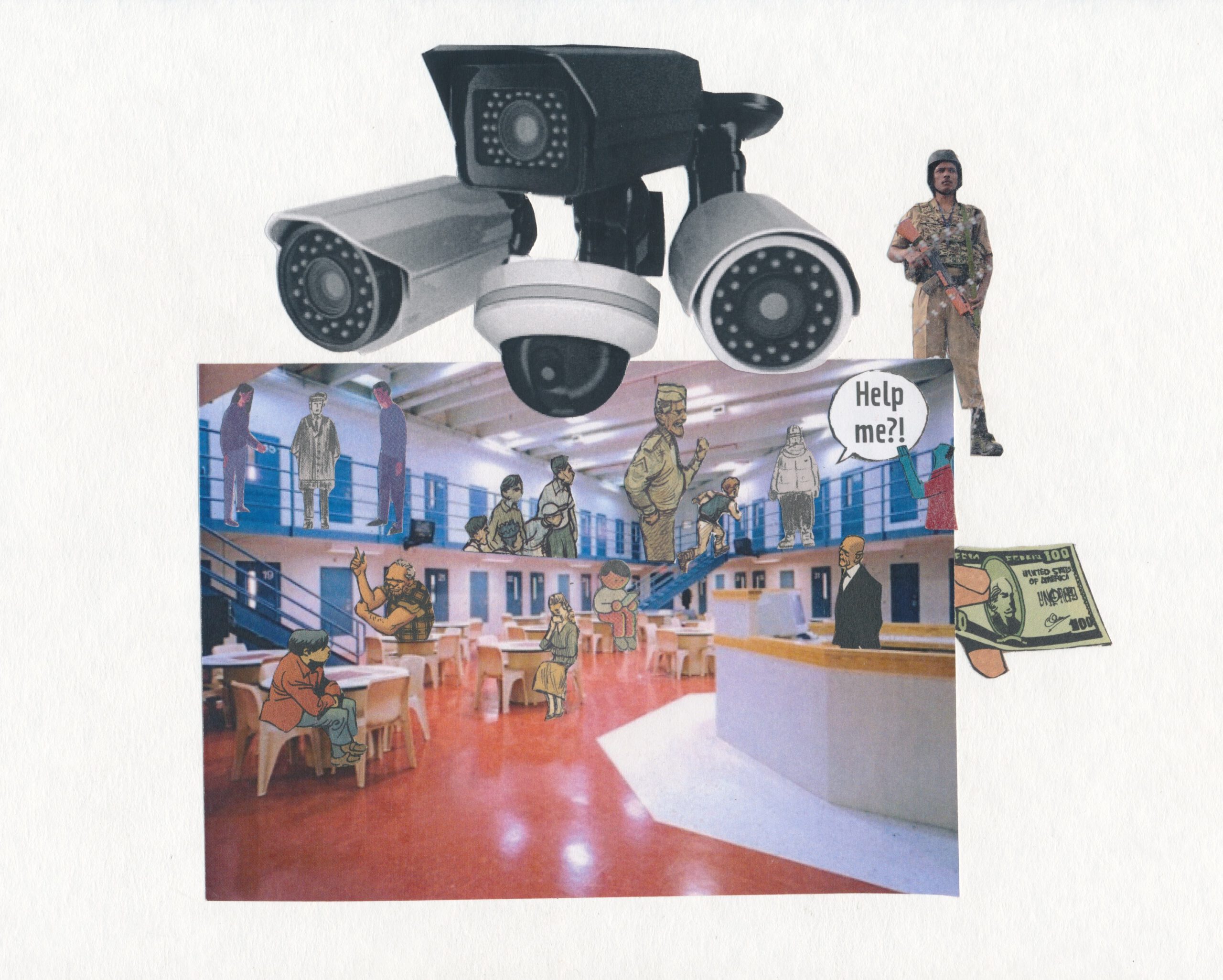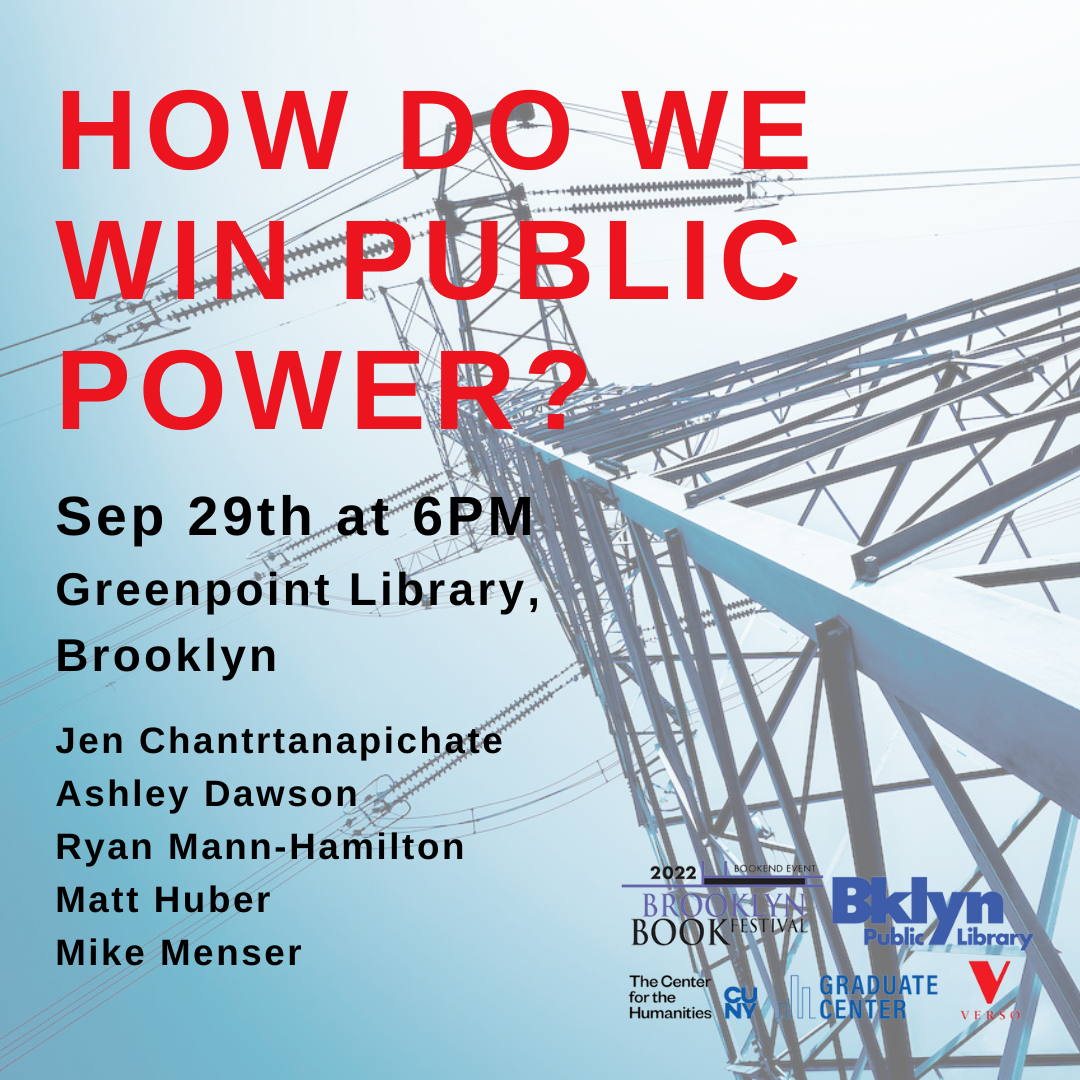Food Justice, Activism, and the Public University: A Conversation
Fri, May 1, 2020
12:00 AM–12:00 AM
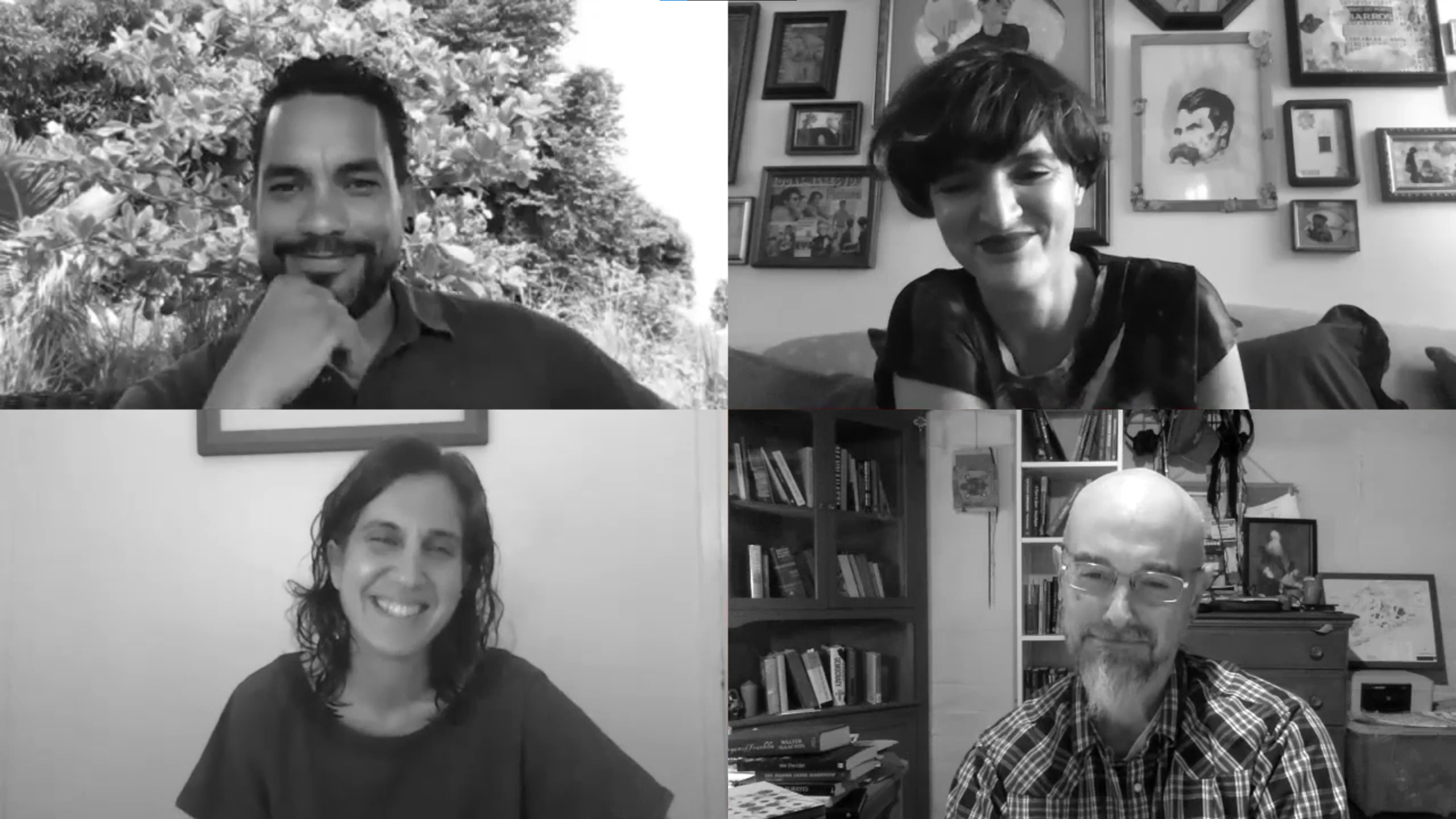
Last spring, our cohort of students and faculty were preparing their projects for the 2020-2022 iteration of the Seminar on Public Engagement and Collaborative Research when the global Covid-19 pandemic hit. Responding to the urgent needs of their community partners and surrounding neighborhoods, a group of CUNY faculty members recalibrated their activities. Original projects proposing to intervene on NYC’s public land use process, study urban water usage and access, expand participatory budgeting, and advance immigration activism in NYC found the common thread connecting their divergent communities of practice was food justice. Over the past year, Naomi Schiller (Brooklyn College), Ryan Mann-Hamilton (LaGuardia Community College), Michael Menser (Brooklyn College), and Angeles Donoso Macaya (Borough of Manhattan Community College), have worked with community partners across the city and in Puerto Rico to leverage social research to enhance the well-being of community activists, CUNY students, and neighbors through food production, distribution, and education. We invite you to watch this short conversation between these four CUNY faculty on “Food Justice, Activism and the Public University”, which offers a snapshot of the way each faculty leader began to think of urban gardening and food access as central to their public humanities project:
If you weren’t able to attend the public events around food justice, access, and activism that these faculty members organized over the fall 2020-spring 2021 semester, you can revisit the archived recordings below, listed in chronological order. All of these recordings are captioned in English and have ASL interpretation.
Just Strategies: Pathways to Water, Food and Wellness
This conversation highlights how communities in NYC, Dominican Republic and Puerto Rico are navigating the climate crisis and their efforts and experiences which focus on water, food and wellness. Activists Ysanet Batista (Woke Foods), Jacqueline Pilati (Reclaim Seed NYC), Olatokunboh Obasi (Omaroti, from the Well of Indigenous Wisdom & Herbalists without Borders International), and Amara Abdal Figueroa (Tierrafiltra) discuss their projects and work to cultivate and share strategies to help us imagine and create a more just world. The conversation was organized and moderated by Ryan Mann-Hamilton (Faculty Leader of Environment Community Humanities Oasis (ECHO) project.):
WE SAVE US: a Morada for Mutual Aid
This conversation featured Carolina, Marco, and Yajaira Saavedra discussing accountability, mutual aid efforts of the Mutual Aid Kitchen at La Morada and what mutual aid means to them and the communities they serve, and Ariadna Phillips (founder of South Bronx Mutual) on green spaces and collaborating with La Morada and doing mutual aid work in The Bronx. The event was also the launch of theArchives in Common website—a bilingual archive that is attempting to collaboratively document these efforts, led by faculty leader Ángeles Donoso Macaya (Faculty Leader of Archives in Common: Migrant Practices/Knowledges/Memory project):
As part of the Archives in Common project, Ángeles Donoso Macaya worked with educator and chef Carolina Saavedra to help facilitate a series of medicinal herbs workshops “Brewing Memories” centered on food traditions, food justice, and urban farming. Read Ángeles Donoso Macaya’s essay “Brewing memories, sustaining life in common“, reflecting on the workshops and it’s origins and the significance and impact of this collaborative and generative process of creating and learning together.
Are We Feeding the Crisis? Pandemic Hunger and Food Justice: A Discussion and Screening of the short film “On the Line”
This conversation and documentary film explores the emergency food distribution efforts during the pandemic of Sixth Street Community Center on the Lower East Side of Manhattan and the power of mutual aid amidst the crises of hunger, health, and violence facing low-income Chinese and Chinese-American people. Watch the film and conversation with Sixth Street Community Center’s Program Director Jen Chantrtanapichate, anthropologist and filmmaker Naomi Schiller, filmmaker and artist Dan Fethke, and interpreter Chloe Lin who were joined by Maggie Dickinson, author of Feeding the Crisis: Care and Abandonment in America’s Food Safety Net, and Maria Muniz, a volunteer at Sixth Street Community Center, discussing the emergency food distribution efforts, the film, and the broader terrain of food insecurity and justice:
For more information about the film “On the Line” including a Study Guide, Discussion Questions and more, visit their website here.
Please click here to visit our Vimeo channel for our full archive of past event recordings.
Participants
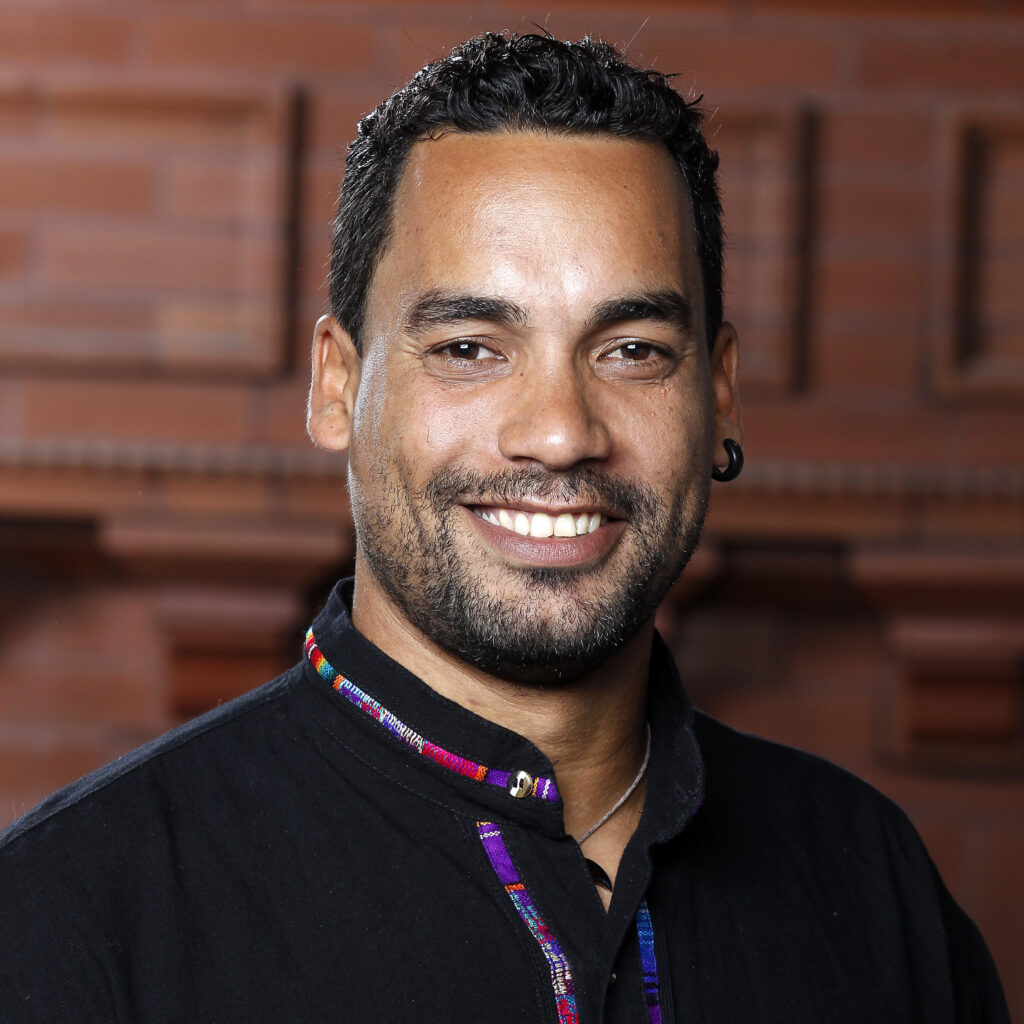
Ryan Mann-Hamilton
Member
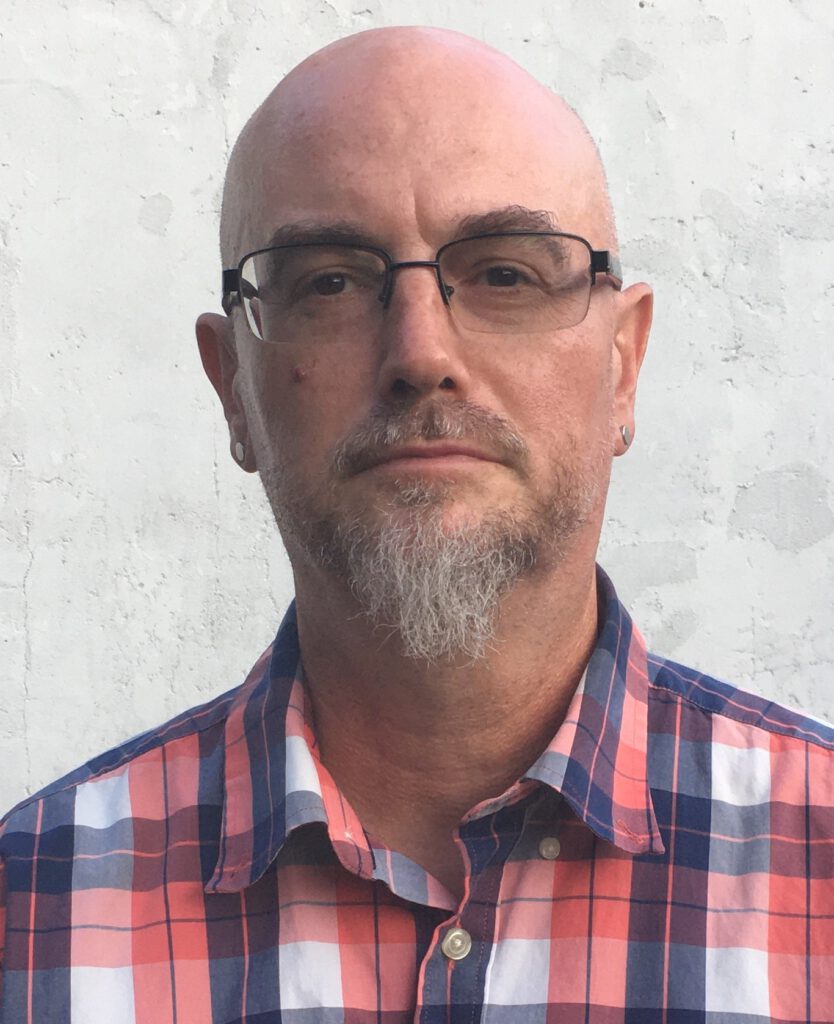
Michael Menser
NYC CJH Co-Director, CUNY
Research Teams Lead

Ángeles Donoso Macaya
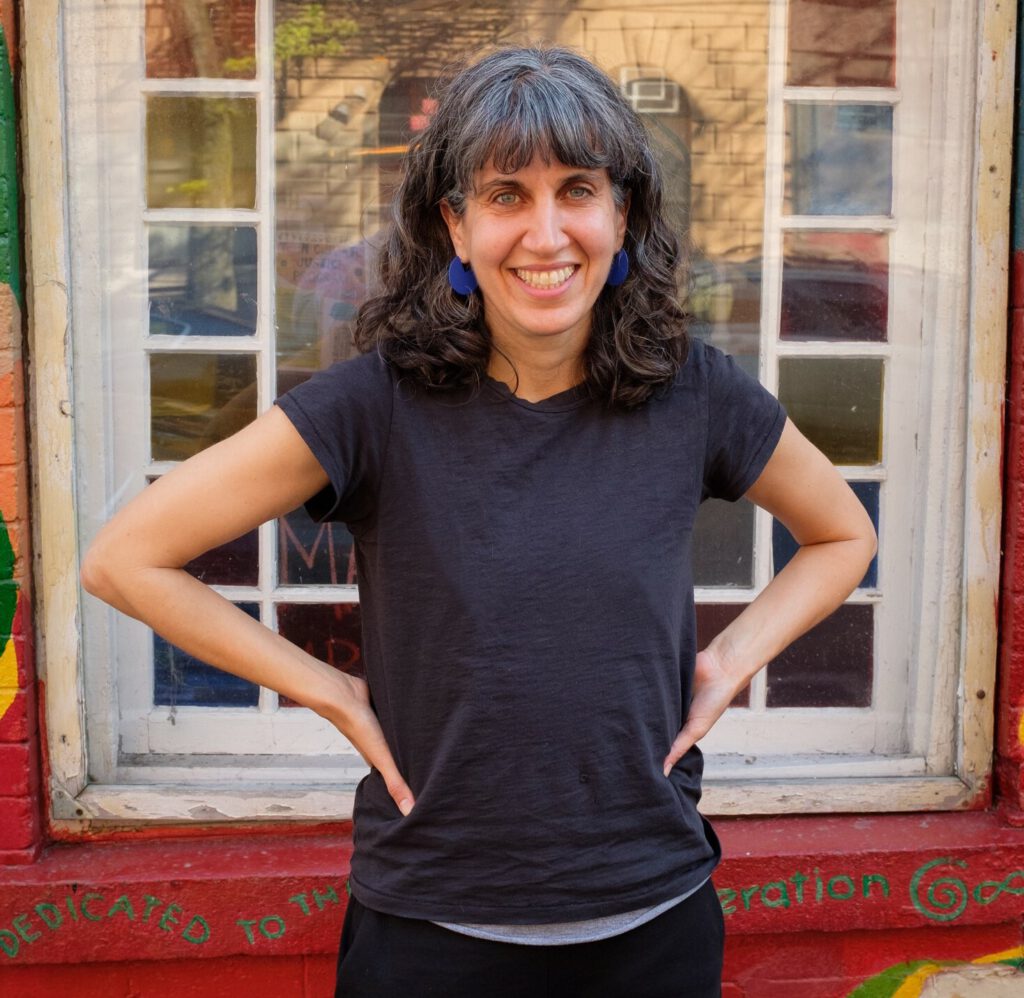
Naomi Schiller
Faculty Leader
Related Events
Conversation & Screening
Gowanus Community Action Event: Film Screening & Panel Discussion on Protecting Public Space and the Environment

Book Launch & Conversation
This is an Archive in Common: The Book of Beans by chef Natalia Méndez
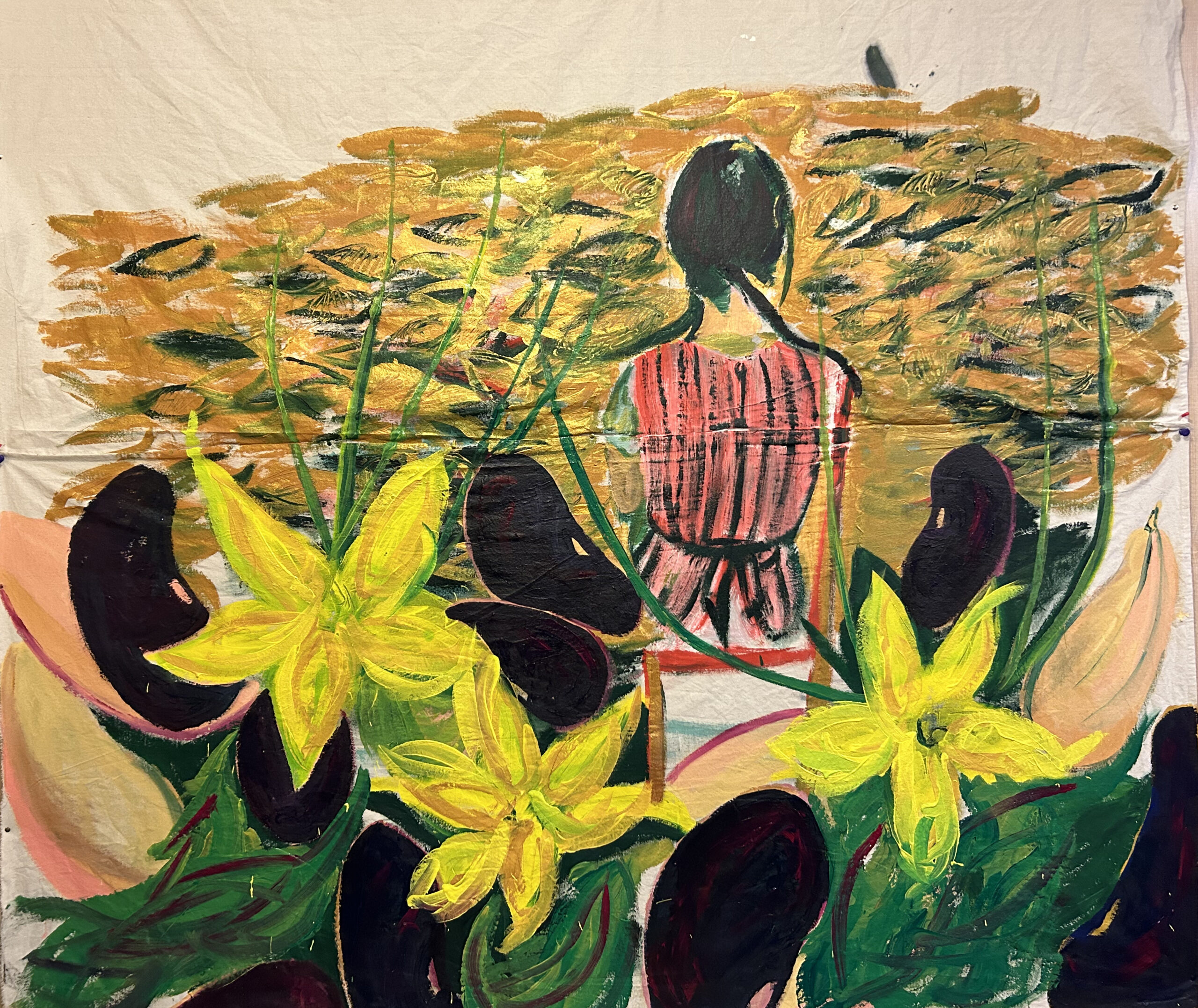
Book Launch
Celebrating The Sisters of the Milpa: Longing for the Corn / Celebrando Las hermanas de la milpa: la añoranza del maíz by chef Natalia Mendez of La Morada Mutual Aid Kitchen
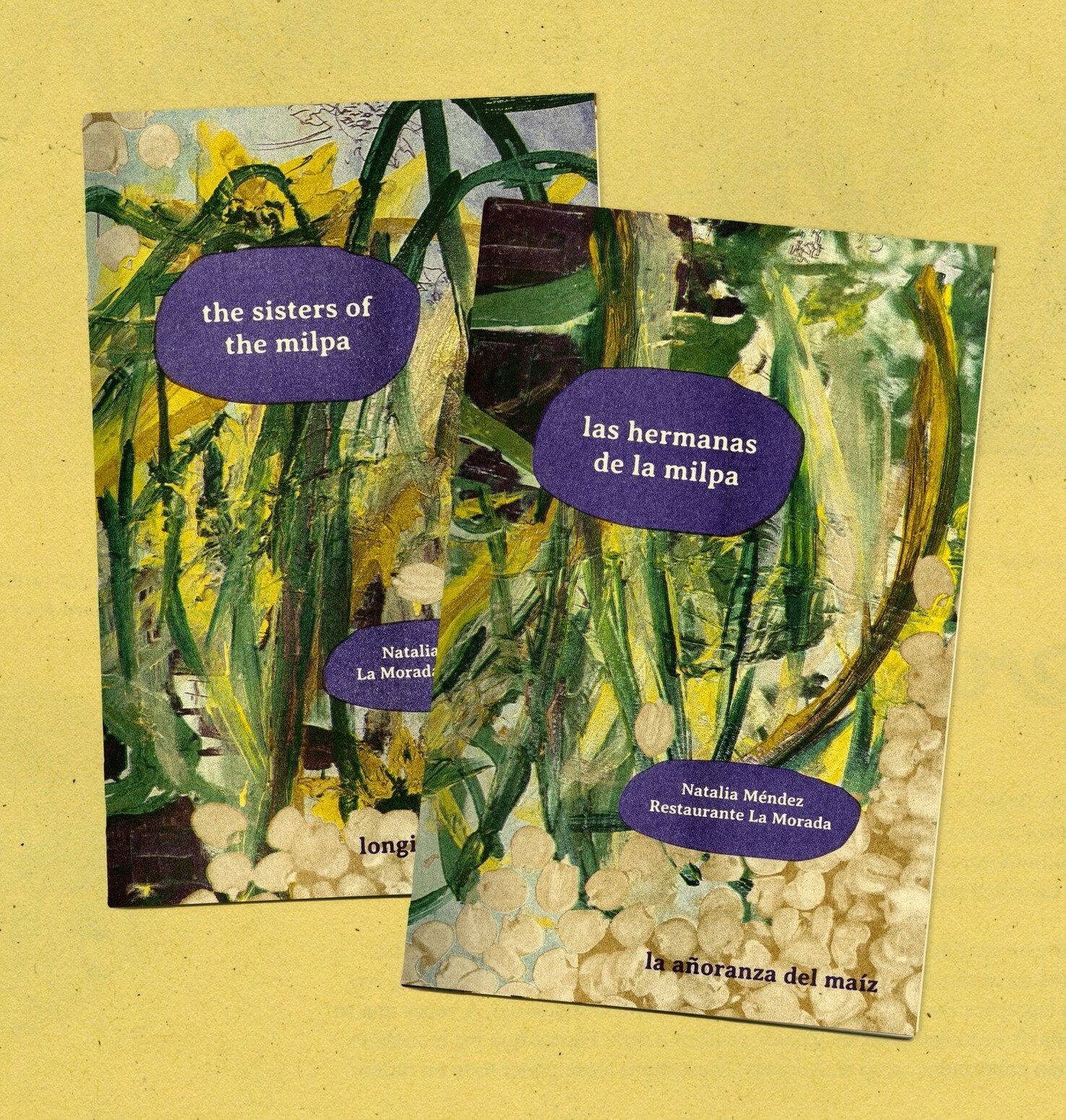
Event
We Want Foods That Tell Our Stories: Reclaiming and Reviewing Indigenous Food Sovereignty with Mariaelena Huambachano

Conversation
“Why Can’t We Breathe?” Fighting Environmental Racism in the Bronx
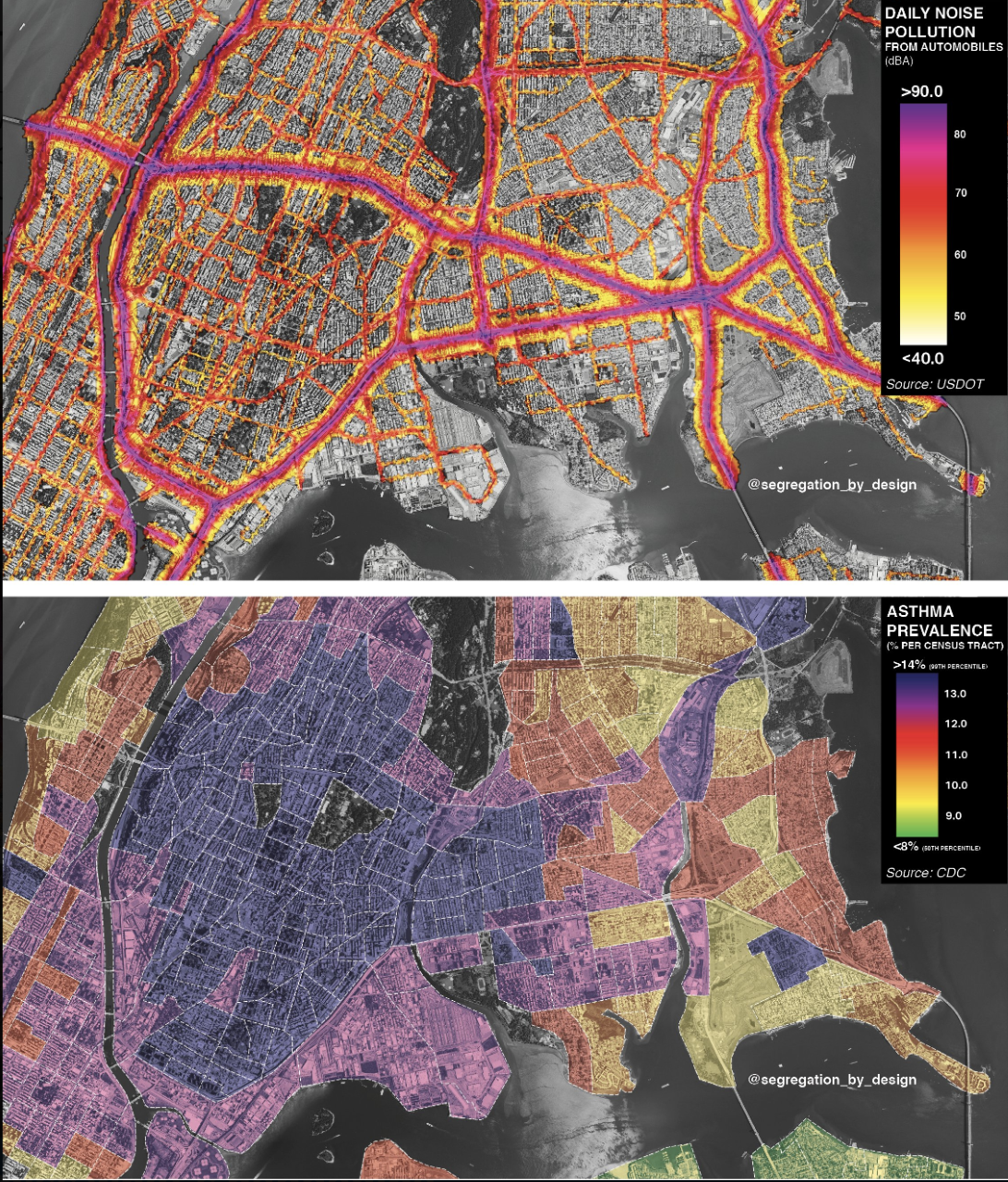
Book Launch & Conversation
All about the squash: sisters of the milpa book launch!

Panel Discussion
Building Climate Justice Through Participatory Governance: Frameworks and Case Studies from the US
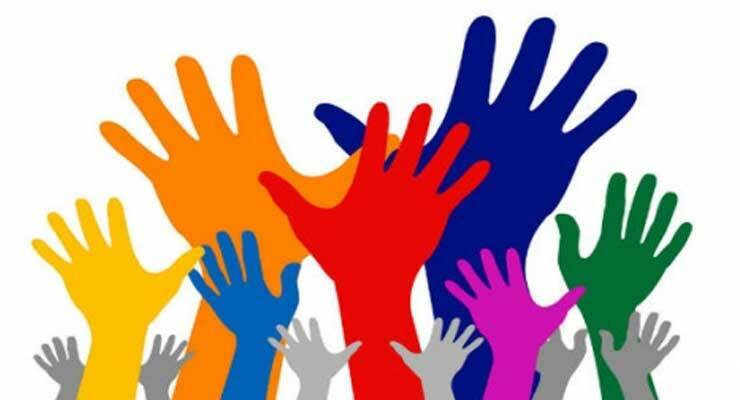
Conversation
no + porque somos + Expanding Feminist Ways of Thinking-Feeling-Doing
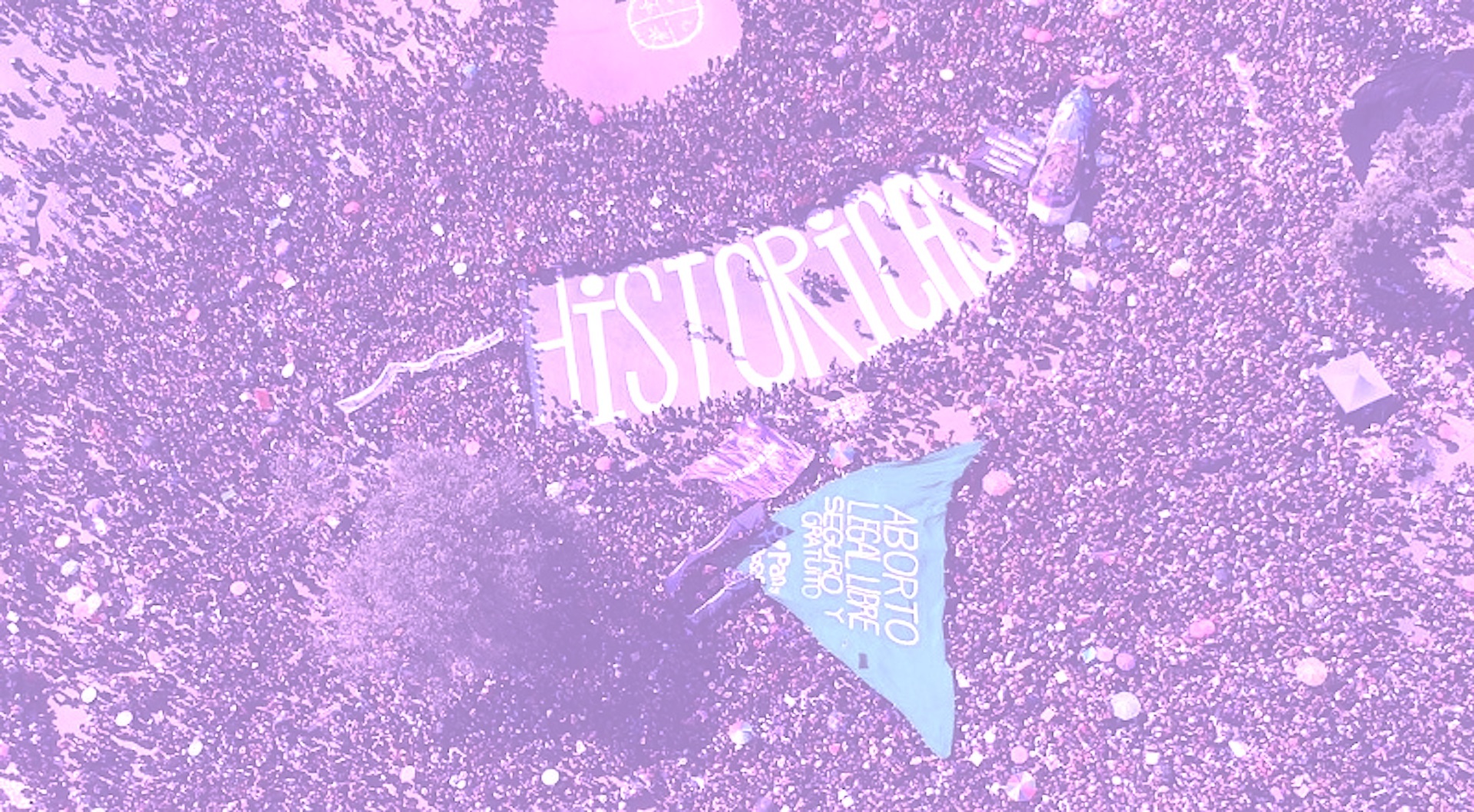
Conversation & Screening
”From a Presentiment to the Radar: Imprecise Forecasts—Climate, Weather and Agriculture in Puerto Rico” film screening & conversation
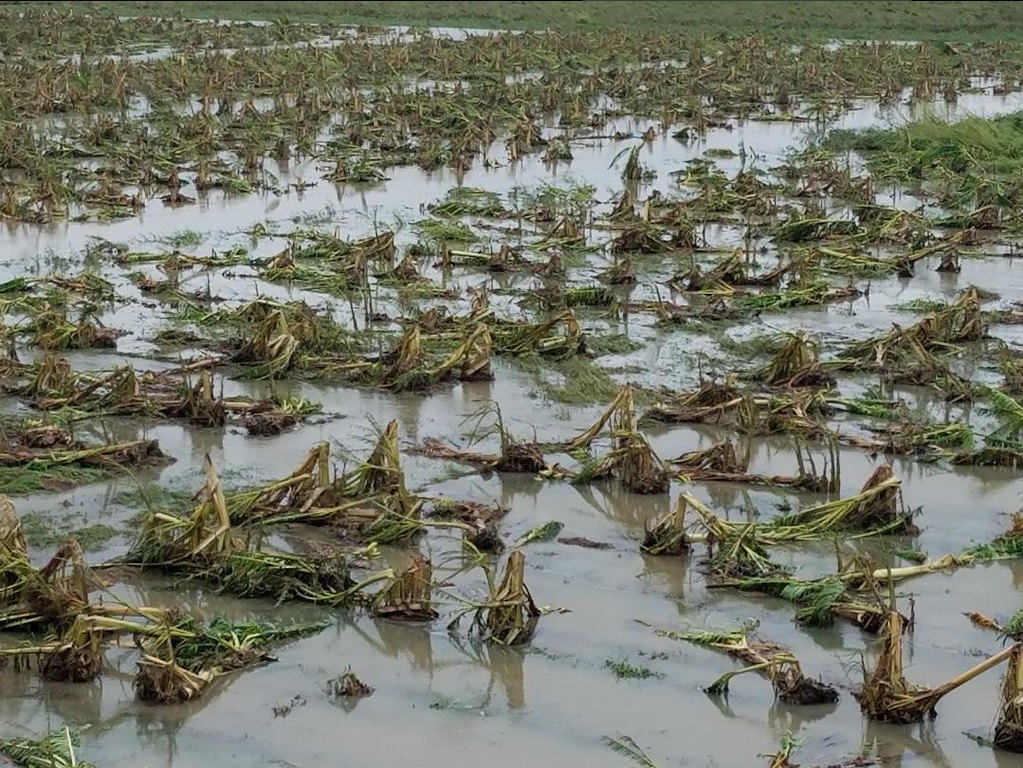
Conversation
Situated Cameras: A Conversation with Photographers Zahara Gómez and Cinthya Santos-Briones
